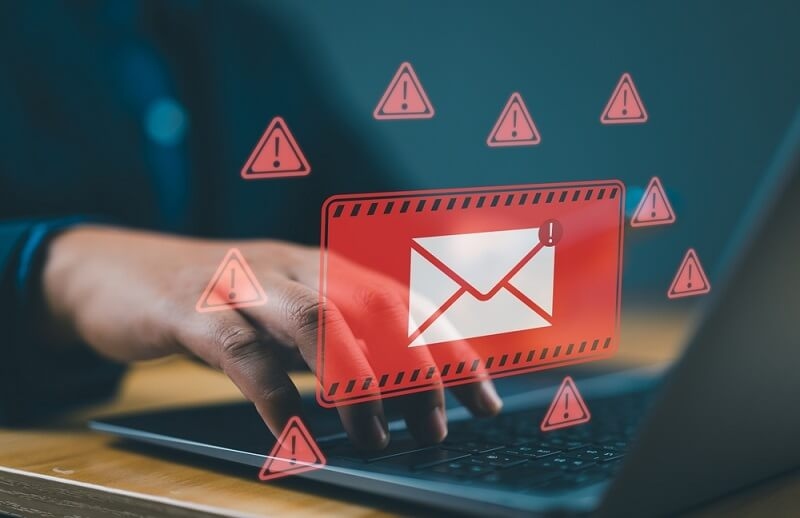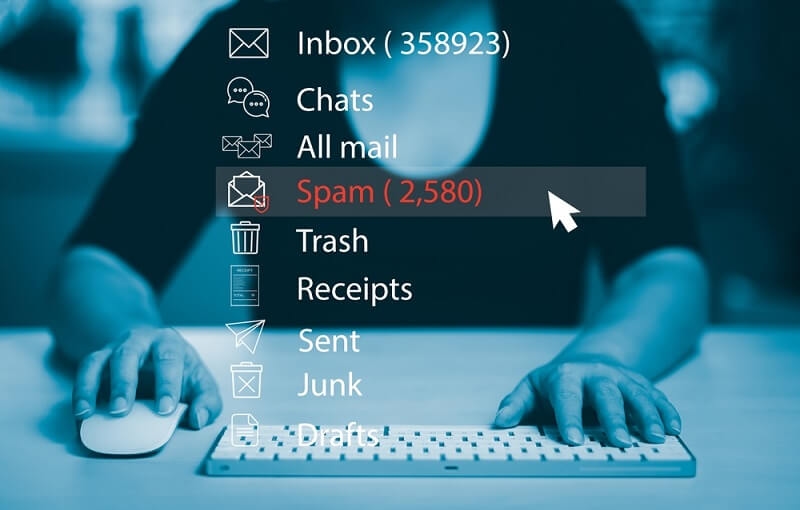
Remote work is now the routine for millions of Americans. Although the move has created flexibility and productivity gains, it has also created an opportunity for cybercriminals. Because remote workers rely increasingly on digital communications, they now represent a prime target for evolving and increasingly sophisticated phishing scams. This article shows you how to identify advanced phishing emails targeting U.S. remote workers so you can protect yourself, your data, and your organization.
We will analyze real phishing email examples, offer employee training strategies, and highlight tools that might help your anti-phishing programs reach success in 2025. We will assess the evolving attack methods (from recognizing the signs of spear phishing that remote teams may miss to zooming into strategies for timely reporting phishing attempts) that you can defend against to help you protect your organization from a phishing breach.
Phishing is a social engineering method where an attacker impersonates a trusted entity (for example, co-workers, executives, or brands) to trick victims into giving more information, typically usernames and passwords, or downloading malware. Phishing emails usually appear legitimate, use company logos, look professional, and may contain links to fake login pages.
Remote workers are especially susceptible to being phished because:
Each factor reduces the chance that a deceptive email will raise reasonable suspicion from the remote workforce.

The first line of defense is recognizing a phishing attempt. Here are some signs that you can use to spot phishing emails:
Could you always check the sending domain? For example, a phishing email may come from admin@micros0ft-support.com rather than admin@microsoft.com.
Attackers will often try to panic you into acting quickly:
Phishing emails usually don't address you by name. Instead, you may see:
If your finance manager suddenly tells you to buy gift cards or wire money, double-check using an alternate method from the email. If there is a suspicious attachment, it may have malware.
Look for strange wording, spelling/grammar mistakes, or outdated logos—all classic phishing signs.
Spear phishing is a more targeted attack aimed at specific individuals or departments. These emails appear more convincing because they’re personalized and may include internal references.
Remote workers can miss these spear phishing signs:
Tip: Please always hover over email addresses and links before clicking. If you have any doubts, please verify through another channel, like Slack or phone.
While human awareness is crucial, anti-phishing tools in 2025 provide essential automated protection. These tools can detect, block, and report threats before they reach your inbox.
Services like spam filters and email security gateways analyze senders, headers, and content. They can block suspicious emails and quarantine them for review.
These tools automatically scan embedded URLs and compare them against threat databases. If a link is flagged as dangerous, access is blocked.
Plugins warn users when they're about to visit a suspicious website, acting as a last line of defense.
Modern antivirus solutions detect phishing attempts even if an employee accidentally downloads malicious files.
Some corporate tools offer centralized dashboards where employees can directly report phishing corporate email attempts to the IT team.
Technology can only go so far. Employee phishing training in the USA is critical to your cybersecurity strategy. Even sophisticated security systems can be bypassed by a well-crafted message that fools a human.
Key Components of Effective Training:
Result: Employees become active defenders, not liabilities.
Reporting suspected phishing attempts quickly prevents wider damage across the organization.
Steps to Take:
Encourage employees to report even if unsure—it’s better to over-report than under-report.
Cybercriminals exploit the nuances of remote work to make phishing more effective:
A seemingly harmless Slack or Teams message can be a phishing link in disguise, especially if sent via email.
Here are smart steps to prevent phishing from affecting your team:
Even if credentials are stolen, MFA can prevent access to company accounts.
Reduce confusion by limiting official communication to designated tools like Slack, Microsoft Teams, or a secure email platform.
Identify weaknesses in workflows, outdated software, or third-party access that could expose vulnerabilities.
Give employees access only to the tools and data they need. This limits potential exposure if a phishing attack is successful.
Could you encourage the use of password managers to eliminate password reuse across services?
To wrap up, here’s a quick checklist for remote employees to stay phishing-safe:
Identifying advanced phishing emails aimed at remote workers in the United States is no longer optional; it is a fundamental skill. If your organization has the right combination of awareness, training, and technology, your team should be able to resist even the most sophisticated social engineering scams.
Cybercriminals are dynamic and inventive. But so are their defenses. By narrowing the focus to phishing email example analysis, identifying signs of the most common spear phishing types that remote workers will ignore, and developing a 2025 anti-phishing toolkit, you can build a culture of vigilance and resilience.
Protect your employees. Train your workforce. Always validate before you click.
This content was created by AI